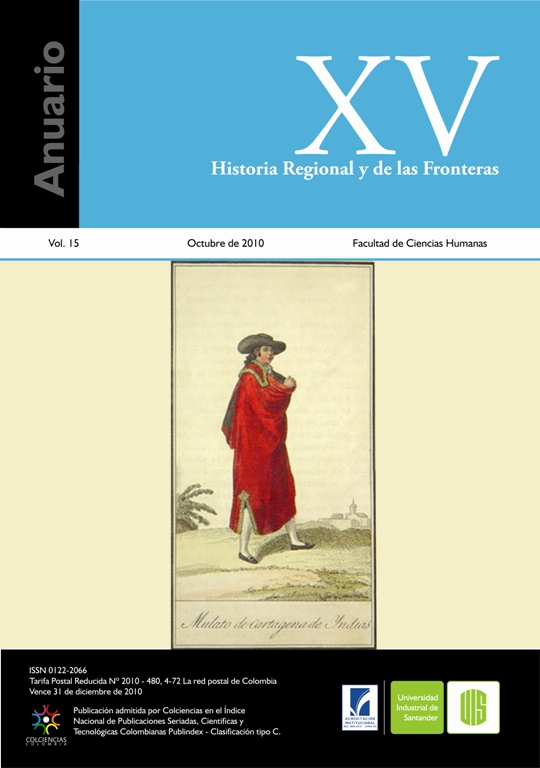Published 2010-01-27
How to Cite
Abstract
Between 1849 and 1886, the first New Granada, after Confederation and later the United States of Colombia was the liberal republic in which free trade, federalism, the payment of direct taxes, regulation and collection of land registration, the organization of a police and the professionalization of the army, the separation of church and state, freedom of worship and public school secularization dominated the public discussion, political action and militant liberals and conservatives. Cundinamarca, as the seat of central government and a region mainly populated during the conquest and colonization in the highlands, but in the Nineteenth Century to colonize their interest and warm temperate zones, was the scene of a particular regional development, marked by navigation on the Magdalena River, the development of roadways and railways, the increase and collapse of an extractive economy centered on the cinchona bark, the tobacco, indigo and finally coffee, leading to an administration, governance and consistent policy, most times with the interests of the elites living in Bogota, sometimes in less amount, in the opposite.
Keywords: liberalism, administration, Province of Bogota, government, chamber provincial, elections, national guard and local.
